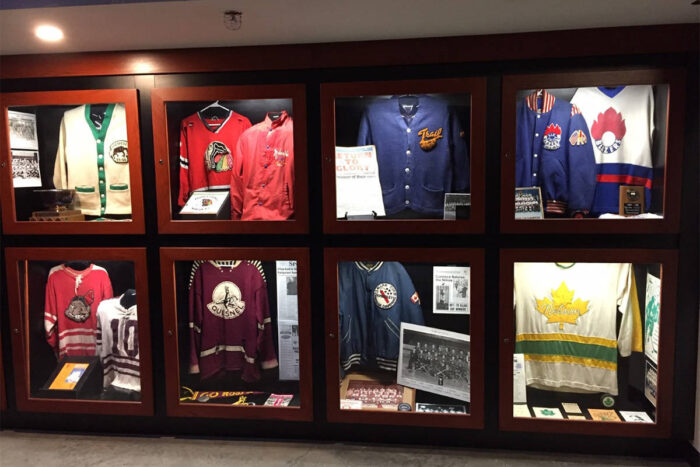Hockey memorabilia holds a special place in the hearts of fans and collectors alike, as it serves as a tangible connection to the sport’s rich history and thrilling moments. From autographed sticks wielded by legendary players to cherished jerseys adorned with team logos, these special items can bring joy and nostalgia to any hockey enthusiast.
However, with the rise in popularity of hockey collectibles, the market has also seen an increase in counterfeit items. Therefore, distinguishing between authentic hockey memorabilia and fake items has become crucial for collectors. In this article, we will provide valuable tips and insights to help you navigate the world of hockey memorabilia, ensuring that you can confidently spot real treasures and avoid falling victim to fraudulent replicas.
Table of Contents
1. Researching the Authenticity
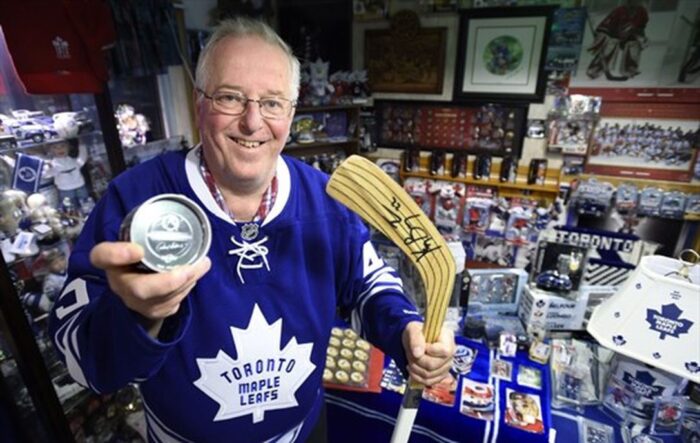
Conducting thorough research is essential in ensuring that you are investing in authentic items. Knowledge about the specific player, team, or era you are interested in can significantly aid in identifying genuine pieces.
Player Signatures
Autographed items hold great value in hockey memorabilia. Start by familiarizing yourself with the authentic signature of the player you are interested in. Compare the signature on the item you wish to purchase with verified examples from reputable sources such as official team websites, autograph authentication companies, or reputable dealers. Look for inconsistencies in letter formation, stroke direction, and overall flow.
Team Logos and Designs
Pay close attention to the details of team logos and designs on jerseys, pucks, or other collectibles. Study the official logos and compare them to the item in question. Look for color discrepancies, font style, spacing, and overall quality. Counterfeiters often struggle to replicate intricate details, so be vigilant in spotting inconsistencies.
Materials and Construction
Examine the materials used to create the item. Authentic jerseys, for example, are typically made of high-quality fabric, and feature reinforced stitching. Counterfeit jerseys may exhibit poor craftsmanship, uneven stitching, or inferior materials. Feel the fabric and inspect the stitching carefully; these can be telltale signs of authenticity.
2. Seeking Professional Opinions
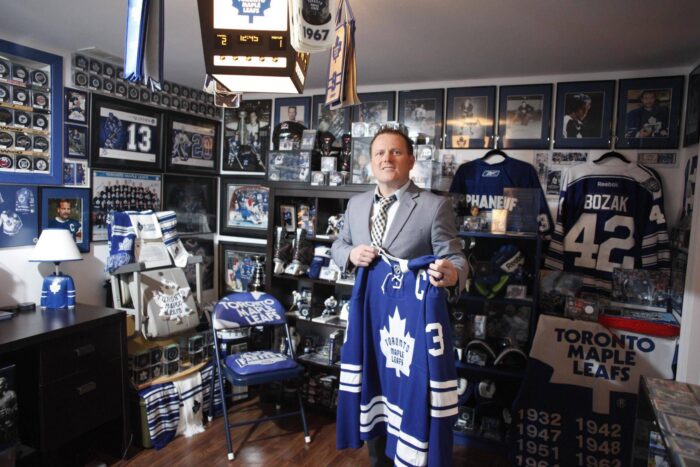
Sometimes, even after conducting extensive research, it can be challenging to determine the authenticity of the item. In such cases, seeking the opinion of professionals can be invaluable.
Certification and Authentication Services
Several reputable companies specialize in authenticating sports memorabilia. Submitting your item to one of these services can provide you with a certificate of authenticity, assuring you and potential buyers of the item’s legitimacy. Ensure you choose a recognized and respected authentication service to maintain the value and integrity of your collectible.
Experts and Appraisers
Contact experts or appraisers specializing in hockey memorabilia. They possess in-depth knowledge of the sport’s history and can offer valuable insights into the authenticity of items. While their services may come at a cost, their expertise can save you from potential fraudulent purchases.
3. Examine the Item Carefully
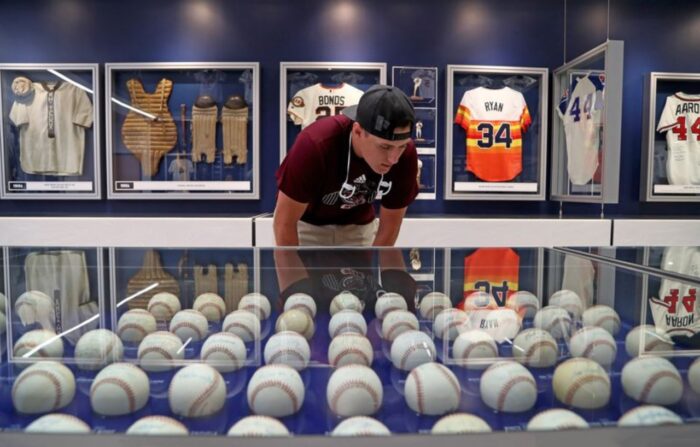
Attention to even the smallest details can help you distinguish real from fake hockey memorabilia. Therefore, you should never rush with your decision to buy something.
Packaging and Documentation
Authentic collectibles often come with original packaging, labels, and accompanying documentation, such as certificates of authenticity or letters of provenance. Examine these items closely for signs of tampering, poor quality, or discrepancies in logos, fonts, and information provided.
Signs of Wear and Use
Genuine hockey memorabilia items may bear signs of wear and use, adding to their authenticity and value. Look for puck marks, scratches, or scuffing on sticks, pucks, and equipment. These signs of use should align with the player’s timeline and career.
Comparative Analysis
If possible, compare the item you are interested in with authentic examples. Visiting reputable sports memorabilia stores, museums, or online platforms can allow you to observe genuine items up close. By examining and comparing details, you can train your eye to spot discrepancies and irregularities in counterfeit pieces.
4. Buy from Reputable Sources

One of the most effective ways to ensure the authenticity of your hockey memorabilia is to purchase from reputable sources.
Authorized Resellers
Seek out authorized resellers or dealers specializing in hockey memorabilia. These sellers often have established relationships with teams, players, and authentication services, which increases the likelihood of acquiring genuine items. Research the seller’s reputation, read customer reviews, and ensure they have a history of dealing with authentic memorabilia.
Official Team Stores
Consider purchasing directly from official team stores or their authorized online retailers. These sources are more likely to carry authentic merchandise and have a vested interest in maintaining the integrity of their brand.
Auctions and Estate Sales
Participating in reputable auctions or attending estate sales can provide opportunities to acquire authentic hockey memorabilia. However, exercise caution and research the credibility of the auction house or estate sale organizer before purchasing.
Online Platforms
When buying hockey memorabilia online, opt for well-established platforms with policies to protect buyers from counterfeit items. Look for platforms offering buyer protection, authentication services, or verifying the sellers’ credentials.
5. Preserve and Display Your Collection
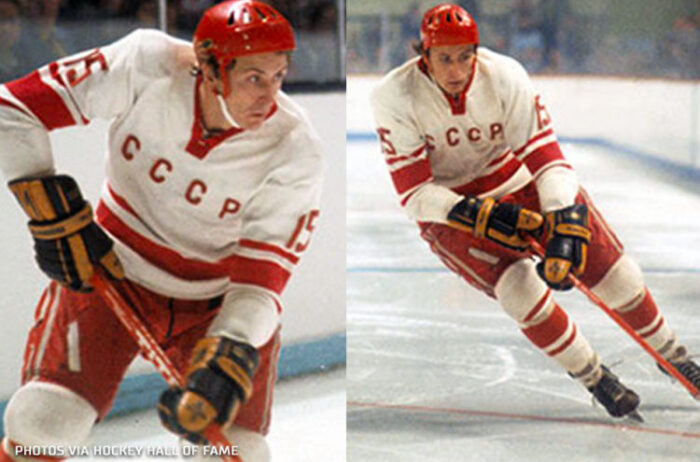
Once you’ve acquired genuine hockey memorabilia, preserving and displaying your collection properly is crucial.
Storage
Store your items in a controlled environment with stable temperature and humidity. Avoid exposure to direct sunlight, as it can cause fading or deterioration of materials.
Protective Measures
Use acid-free archival materials, such as sleeves, display cases, or frames, to protect your memorabilia from dust, moisture, and UV light. These materials help maintain the condition and value of your items over time.
Handling
When handling your collectibles, wash your hands thoroughly to remove oils and dirt that can cause damage. Use gloves made of archival-quality materials to avoid direct contact with delicate surfaces.
Display
Choose appropriate display methods based on the item type. Jerseys, for example, can be hung on padded hangers or mounted in specially designed frames. Sticks or pucks can be displayed on wall-mounted racks or stands.
The Bottom Line
There is a huge market available these days full of various products related to different teams and leagues. Therefore, if you are looking for something that holds a bigger value, it is crucial to make sure that the item is authentic.

